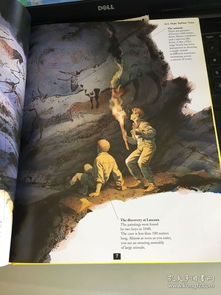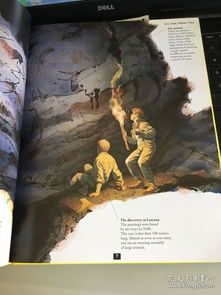Content:
As the leaves turn to a kaleidoscope of reds, oranges, and yellows, signaling the arrival of deep autumn, the weather begins to exhibit its true character. With the onset of the season, the temperature fluctuations can be quite dramatic, presenting both challenges and opportunities for anglers. Here, we delve into the art of fishing during these great temperature fluctuations of deep autumn and offer some valuable tips to help you master the craft.
Understanding the Weather Patterns
The first step in mastering autumn fishing is to understand the weather patterns. Deep autumn often brings unpredictable changes in temperature, which can drastically affect fish behavior. As the days get shorter and the nights cooler, fish may become more selective about where and when they feed. It's crucial to keep an eye on the forecast and anticipate how the weather will impact your fishing.
Choosing the Right Time
Fishing during deep autumn's temperature fluctuations is best done during the early morning or late evening hours. During these times, the water temperature is typically more stable, and fish are more active. The cooler temperatures of the early morning and late evening can also mimic the cooler temperatures of the fall, encouraging fish to feed.
Adjusting Your Approach
Lure Selection: In the cooler temperatures of deep autumn, fish tend to be more lethargic. Therefore, it's best to use smaller, slower-moving lures that mimic the natural movement of smaller prey. Soft plastics, spinnerbaits, and jigs are all excellent choices.
Depth of Presentation: Fish often move to deeper water as the water temperature drops. Look for structure such as ledges, drop-offs, or submerged logs where fish might congregate. Present your lures at these depths to increase your chances of success.
Rigging Techniques: During the fall, fish can be particularly finicky. It's important to rig your lures in a way that minimizes the amount of movement and noise. For example, using a lighter rod and a more sensitive line can help you detect subtle bites.
Adjusting Your Strategy for Different Water Conditions

Clear Water: In clear water, fish are more easily spooked. Use lighter tackle and be as quiet as possible. Present your lures in a manner that is as natural as possible, avoiding any erratic movements.
Turbid Water: In turbid water, fish may be less sensitive to noise and movement. You can use heavier tackle and be more aggressive with your retrieves. However, it's still important to maintain a natural presentation.
Seasonal Changes in Fish Behavior
As the seasons change, so does the behavior of fish. Here are some key points to consider:
Shad Movement: During the fall, shad begin to move upstream in preparation for spawning. Targeting these migrating shad can be highly effective.
Prey Movement: Many fish will start to feed more heavily in preparation for the winter. They will seek out prey that is more abundant and easier to catch.
Spawning Patterns: Some fish species, such as walleye and northern pike, may begin to spawn during the fall. Understanding the spawning patterns of these species can help you predict their movements and increase your chances of success.
Final Tips
- Layer Up: The temperature can drop rapidly, especially in the early morning. Dress in layers so you can adjust your clothing as needed.
- Keep Hydrated: The cooler temperatures can make you feel less thirsty, but staying hydrated is still crucial.
- Patience is Key: During the temperature fluctuations of deep autumn, patience is a virtue. Fish may be harder to locate and more reluctant to bite. Stay focused and be prepared to wait for the right moment.
By understanding the unique challenges and opportunities presented by the great temperature fluctuations of deep autumn, you can become a more skilled angler. With the right approach and a bit of patience, you'll be able to enjoy some of the best fishing of the year.












